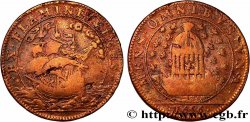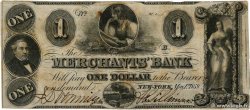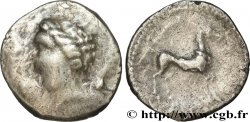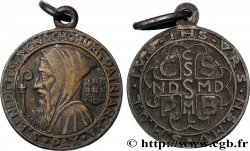175.00 €(Approx. 204.75$ | 150.50£)
Quantity
Add to your cart

Type : Communauté des maîtres-selliers
Date: 1751
Metal : silver
Diameter : 31 mm
Orientation dies : 6 h.
Weight : 8,68 g.
Edge : cannelée
Rarity : R2
Coments on the condition:
Superbe jeton avec encore de la lumière. On notera une usure localisée sur certaines mèches
Catalogue references :
Obverse
Obverse legend : LUDOVICUS XVI REX CHRISTIANISSIMUS.
Obverse description : Buste à droite de Louis XVI, signé DU VIV., type Guéant Prieur 744M.
Obverse translation : Louis XVI, roi des Francs et de Navarre.
Reverse
Reverse legend : SANCTE - ELIGI ; À L’EXERGUE : COMMUNAUTES DES MAIT SELLIERS 1751 M.M.C.N..
Reverse description : Saint Eloi debout de face, tenant une crosse et un marteau.
Reverse translation : A saint Eloi.
Commentary
Ce jeton fait partie de la série des corporations. Ce jeton date, d’après le buste employé, des années 1780.
This token is part of the corporation series. This token dates, according to the bust used, from the 1780s
This token is part of the corporation series. This token dates, according to the bust used, from the 1780s








 Report a mistake
Report a mistake Print the page
Print the page Share my selection
Share my selection Ask a question
Ask a question Consign / sell
Consign / sell
 Full data
Full data















